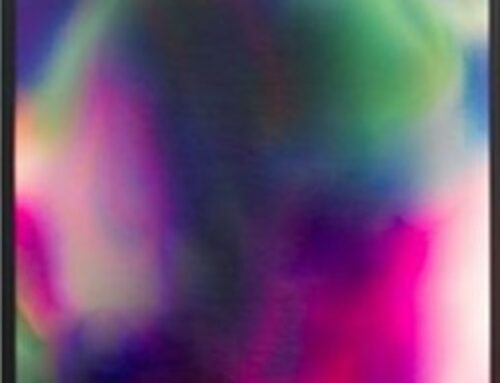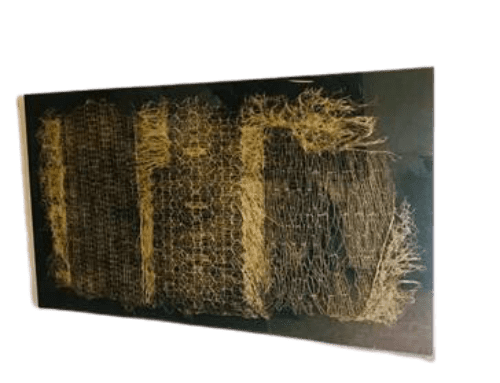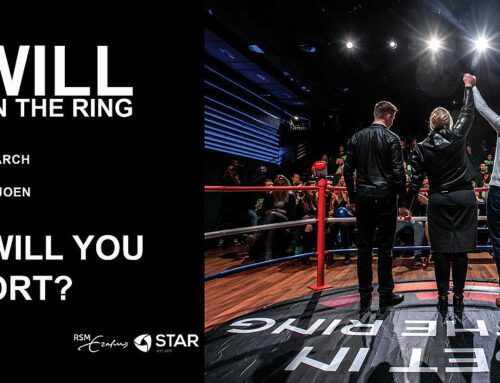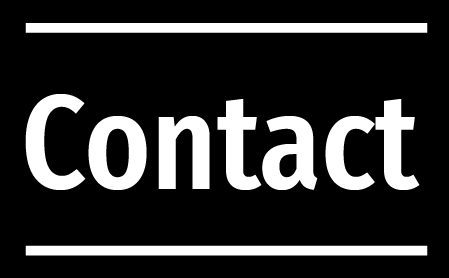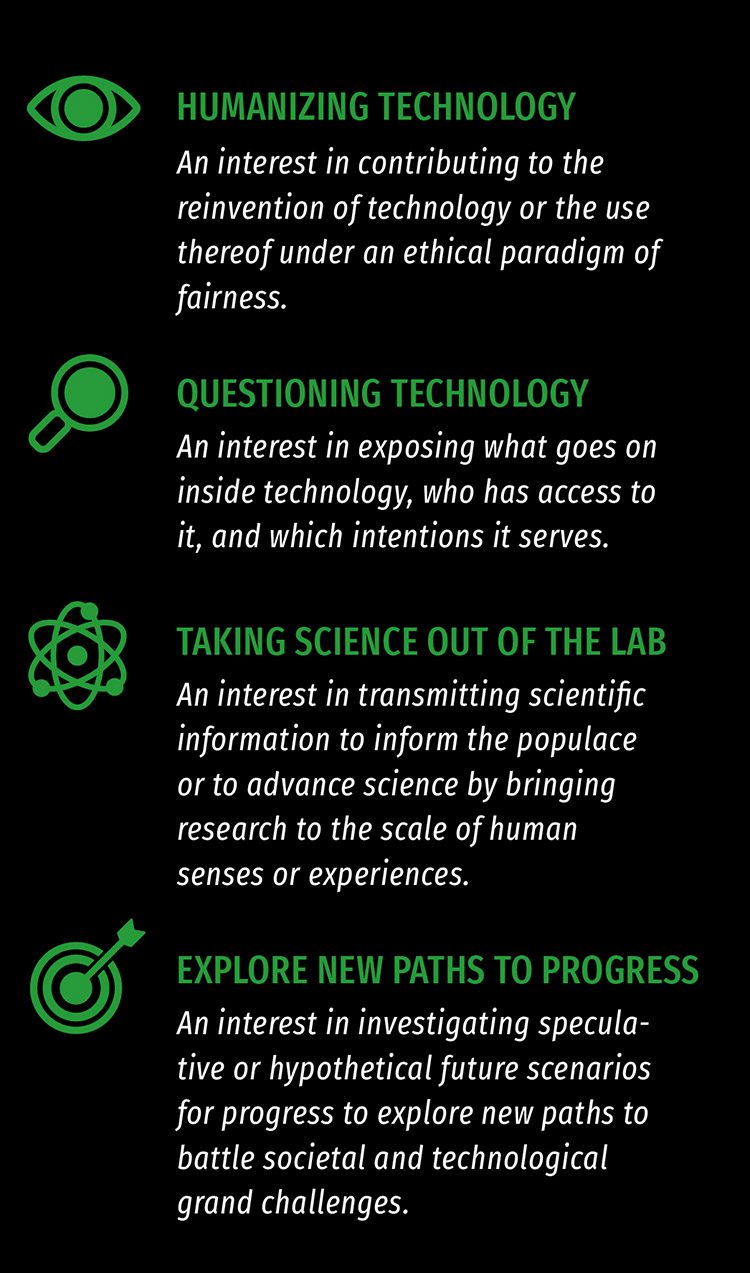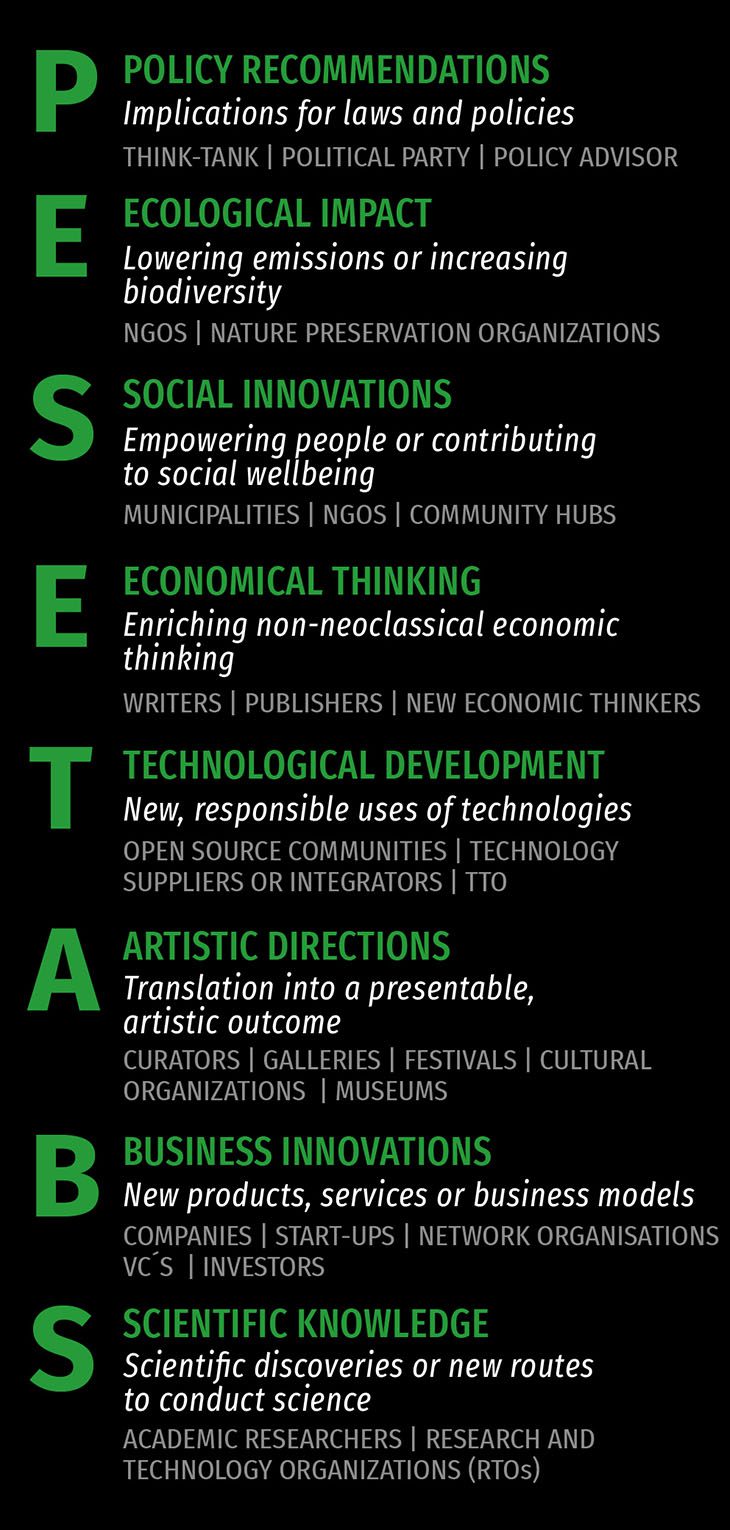At Art Rotterdam an insight is given in what drives (young) contemporary artists, how they create a mirror of our society with their art works and make us engage with images. What really stroked us was the presence of digitalization in art and its impact on art, a love hate struggle to make sense and make use of this big data trend. While at the same time, art exists in eternity of display.
This nice collision is reflected in the work we bought from Konrad Wyrebek – DataError painting LLvAt+ (2014-2015). He is clearly tapping into the implications of digitalization. Data on its own, doesn’t make sense. And all that data makes the filtering for meaningful information ever more difficult. At the same time, we might get exhausted by the data and would like to return to a more static status. Canvas paintings have survived many technological trends. In DataError we see these forces coming together. Creating depth and multiple stories on an uniting warm painting that keeps surprising time after time. Wyrebek is questioning interpretation by analysing the faults in footages and translating them into his own story, providing the viewer the possibility to reflect: what can you relate to? The process Wyrebek is using exists of seven layers paint. Two layers weren’t able to be produced five years ago, which makes this work quite unique and very contemporary. It makes us wonder: what new materials will impact our society?
Another example of this is Rafaël Rozendaal. He freed himself from the canvas and embraced the digital era. He believed the future already happened. His artwork is attached to an url, see: floatingthe.com. If you buy the url, you become the proud owner of a changing and evolving colour pattern – non static art.
A beautiful, aesthetic example of non-static art, is the installation Hula from Zoro Feigl. The work seduced and kept attracting us. It had some tension, will it continue endlessly with its free flight, with the pirouettes and sky dives? Or will disturbance occur? And would that be bad, because as in nature, it will self-repair. Hula was displayed in the Intersections venue: a place with experimentation, with showcases and truly driven artists. Too big at the moment to collect for us, but exactly the right size to leave an impact and take that elegant picture of simplicity. It is a good reflection on that beauty might be found in anything, hence even in a dancing rope.
This almost dreaming state of mind is also driving Tanja Ritterbex, of which we bought the work Comfort (2016). It might be a tipping point in her career, where she shifts from depicting herself to including the outside world. To make this leap, she created the painting Comfort. It shows us not a virtual world, but the real world. Although in earlier work she even quotes “it’s really like as if we live inside a computer”. In this work we see her returning to the here and now. A naive young women with puppet like pupils, that travelled around the globe, collected various souvenirs and is searching for her place on earth. Through the sharp contrast of green and red, the left and right side, she shows the contrast in one’s mind. By fading the contrast and making it melt around the woman, she warms her picture with a ‘mantel der liefde’: warm texture and self-satisfaction. The question in this globalised and ever more connected world remains: when is your home, your home?
All these (young) artists, that work with new technology or try to make sense of disruptive trends make us wonder how far will the digital era reach? And what will stay dedicated to the real world? What’s in between and how does it overlap? When does one stop and the other start?


